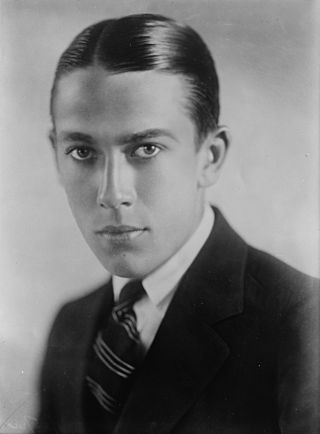
Jack Pickford, was a Canadian-American actor, film director and producer. He was the younger brother of actresses Mary and Lottie Pickford.

Charles Sherman Ruggles was an American comic character actor. In a career spanning six decades, Ruggles appeared in close to 100 feature films, often in mild-mannered and comic roles. He was also the elder brother of director, producer, and silent film actor Wesley Ruggles (1889–1972).
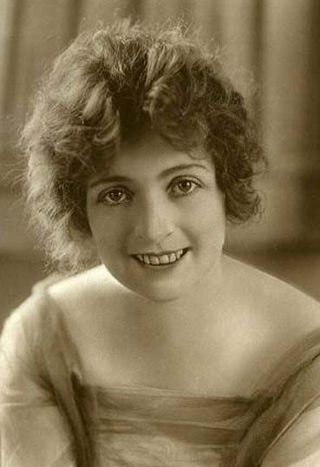
Myrtle Gonzalez was an American actress. She starred in at least 78 silent era motion pictures from 1913 to 1917, of which 66 were one and two-reel shorts.
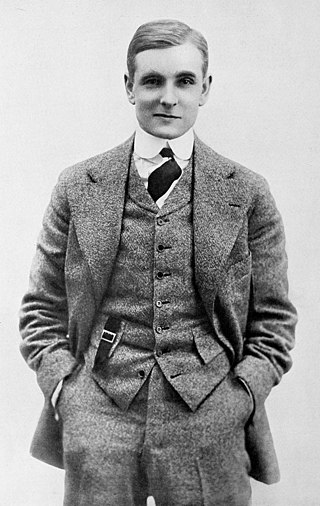
Creighton Hale was an Irish-American theatre, film, and television actor whose career extended more than a half-century, from the early 1900s to the end of the 1950s.

Vivian Martin was an American stage and silent film actress.
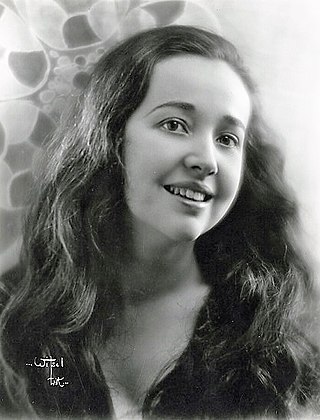
Helen Jerome Eddy was a movie actress from New York City. She was noted as a character actress who played genteel heroines in films such as Rebecca of Sunnybrook Farm (1917).
Louis "L. M." Wells was an American actor of the silent film era. A tall, robust actor who was nicknamed "Daddy," L. M. appeared in 51 films between 1912 and 1922 — many of which were Universal westerns — and often was cast as a butler.
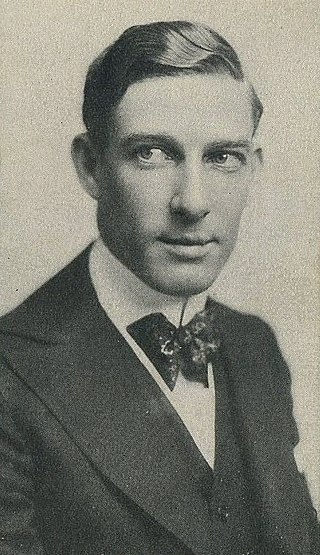
Lee Moran was an American actor, film director, and screenwriter.

George Kuwa was a Japanese and American Issei film actor of the silent era. He appeared in more than 50 films between 1916 and 1931. He was the first actor to portray Charlie Chan on-screen in the 1926 film serial The House Without a Key.
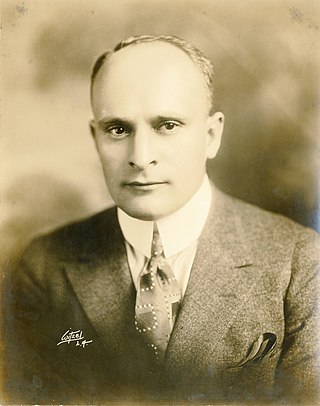
Charles Gardner Sullivan was an American screenwriter and film producer. He was a prolific writer with more than 350 films among his credits. In 1924, the magazine Story World selected him on a list of the ten individuals who had contributed the most to the advancement of the motion picture industry from its inception forward. Four of Sullivan's films, The Italian (1915), Civilization (1916), Hell's Hinges (1916), and All Quiet on the Western Front (1930), have been listed in the National Film Registry.

Agnes Vernon was an American film actress of the silent era. While still in her teens, she experienced a meteoric ascent from obscurity to box-office sensation. After turning twenty-three and a movie career fading away, she abandoned the silver screen forever. Vernon performed in over 90 films between 1913 and 1922. She completed most of her roles under contract with Universal Pictures.

Adele Farrington was an American actress of the stage and the silent film era.

Howard Gaye was a British actor who worked mainly in the United States.
Robin Saex Garbose is an American filmmaker and theatre director. Following an early career directing several off-Broadway plays and episodes of the shows Head of the Class and America's Most Wanted, Garbose embraced Orthodox Judaism and founded the Kol Neshama Performing Arts Conservatory, a summer camp and arts conservatory providing an artistic outlet for teenage Orthodox girls. With Kol Neshama, she has produced several projects, including the films A Light at Greytowers (2007), The Heart That Sings (2011), and Operation: Candlelight (2014). Her projects have been screened at the Museum of Tolerance, the Menachem Begin Heritage Center, the Jerusalem and Tel Aviv Cinematheques, and the Atlanta Jewish Film Festival.

Vesey O'Davoren was a British soldier who served in the Suffolk Regiment during World War I and later worked as a film and stage actor in California.

The Right to Be Happy is an American silent film from 1916 that draws inspiration from Charles Dickens' 1843 Novella, A Christmas Carol. This film was Universal's first attempt at making a Feature film based on Dickens' novella. Throughout the silent era, it stood as the first and only feature film adaptation of A Christmas Carol by an American or foreign film company. The movie was directed by Rupert Julian and supported by a cast of Universal Bluebird players, including Rupert Julian, Claire McDowell, and Harry Carter.

Goro Kino was a Japanese actor who worked in Hollywood during the silent era. Like many of his Japanese contemporaries, in Hollywood, he was often cast as a villain.

Bought and Paid For is a 1916 American silent drama film directed by Harley Knoles and starring Alice Brady, Josephine Drake and Montagu Love.

Richard Morris was an American opera singer, stage performer, and silent film actor. Morris was born on January 30, 1862, in Charlestown, Massachusetts. He was 62 when he died in Los Angeles, California on October 11, 1924. Between 1912 and 1924, Richard Morris acted in 59 films.

Leo Pierson (1888-1943) was an American film actor who was active during Hollywood's silent era. He was married to director and screenwriter Ruth Ann Baldwin.


















